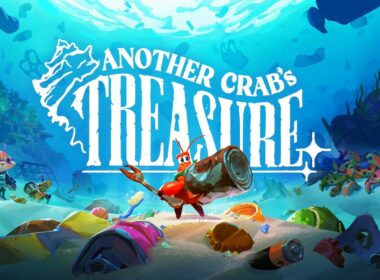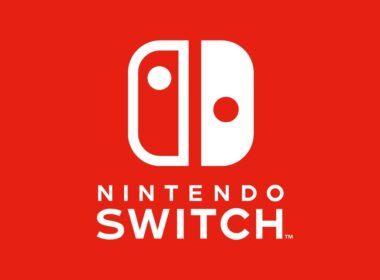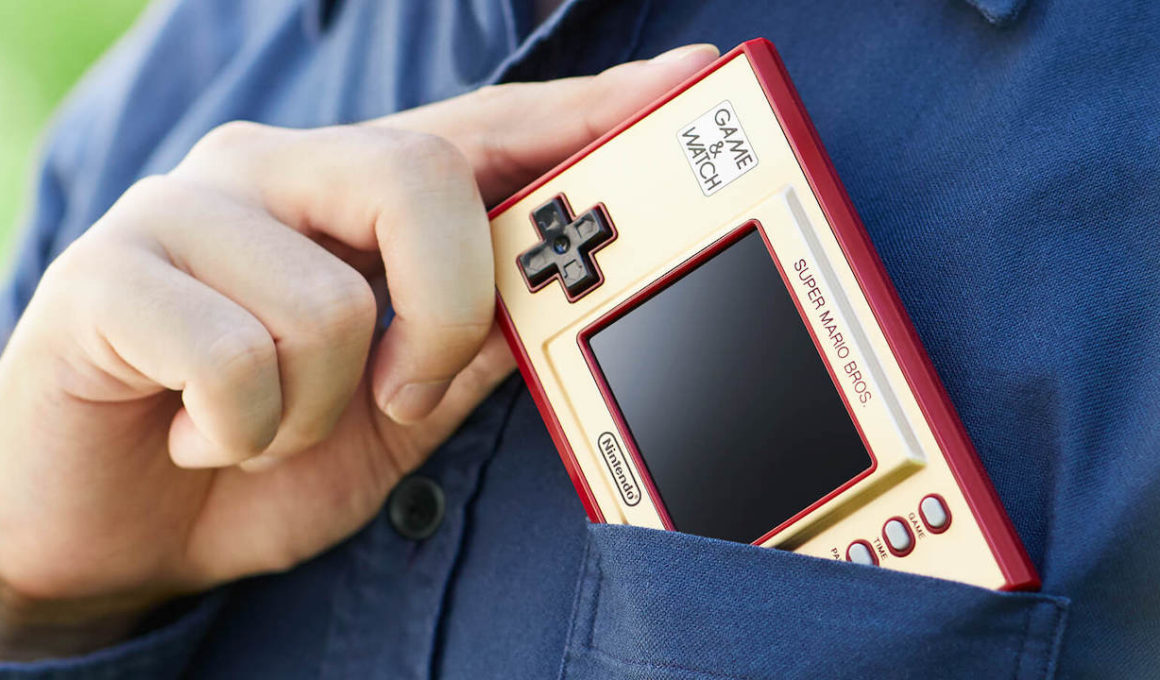As the dawn of a new console generation emerges, a trojan horse mirroring the past trots along with brazen confidence. A tiny handheld system, bound to draw a smile across those who remember its sentimental charm. I am, in somewhat dramatic form, referring to the latest limited release of the Game & Watch: Super Mario Bros. – a modern revision of a small electronic LCD device originally invented in the late ’70s by the legendary pioneer of Nintendo’s portable gaming, Gunpei Yokoi.
Probably more famously known for his lead role in developing the immensely popular Game Boy, Yokoi’s falling apple moment would drop soon after witnessing a bored stranger aimlessly fiddling around with a calculator. One idea soon led to another, and before you can punch in the numbers 5318008 and then turn your calculator upside down for a quick chuckle, his theory of lateral thinking with withered technology would evidently prove to become a huge success.
The rest as we know it is history that changed the path of portable gaming forever. So, what better way to celebrate the 40th-anniversary of the Game & Watch series than to share its birthday party with the original Super Mario Bros. game. In mixing together two forms of old technology and stuffing it into something relatively new, this desirable little trinket contains an incredibly overwhelming power of novelty and nostalgia.
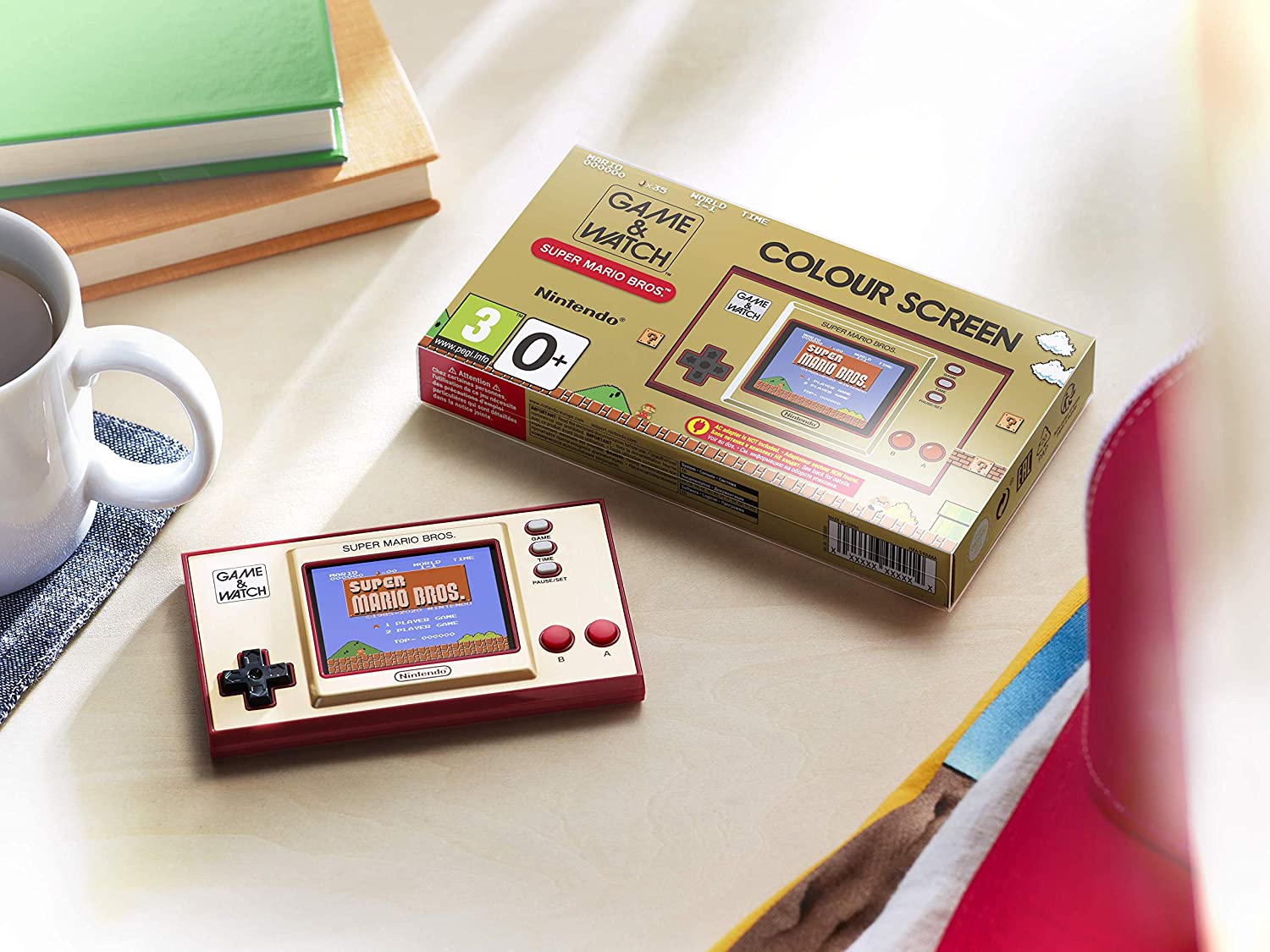
Sizing up fairly accurately in both dimensions and weight to the 1981 widescreen series of Game & Watch, this portable celebration of yesteryear contains the original Super Mario Bros. (1985), its 1986 Japan-only sequel Super Mario Bros. 2 (otherwise known as The Lost Levels) and a slightly visually altered version of the game that started it all, Ball (1980). This basic juggling game confides around the limitations of ancient LCD crystal screen technology spliced with Mario’s head to give it that 35th-anniversary touch.
Assuming that you are a fan of Nintendo, there is a very good chance that you already own at least one of these games countlessly across multiple systems. The question is then, why would anyone drop £44.99 on a device that contains software that is already so easily accessible?
It’s a question that you don’t really need me to answer, and the chances are that you have already made up your mind on whether or not you want to own one. What I will tell you, is that once purchased you will more than likely do one of two things with it. The first would be to fiddle around with it like that bloke with the calculator who had once inspired Gunpei Yokoi before placing it neatly on a shelf as a dust-collecting prized possession. The other option is something that I hope would happen when purchasing a novelty piece of kit like this but never anticipated the outcome quite as accurately as I had expected.
In simply placing the Game & Watch on a coffee table I witnessed it get picked up and passed around like a puppy in a new home. Surprisingly, Ball seemed to be the initial highlight as its simple competitive nature saw new high scores constantly being set within the household. My just-turned-7-year-old daughter would swap between all three games on the fly, then simply gawk at Mario mooching around the screen within the clock feature embedded into the system. She would then stumble across a short animated sequence of Mario swimming for coins, or accompanied by a horde of Yoshi where she felt the need to rush towards me all excited and exhilarated just to keep me constantly updated on her discoveries.
There are 35 of these short visual surprises to witness, and while they are merely neat little cosmetic touches, the sheer joy of catching an unseen moment by chance gives the device much more character and charm than just a tiny plastic handheld stuffed with three emulated games. There’s also plenty of other extra bite-sized secrets and accessibility options hidden away, with the most practical one being the ability to gain infinite lives across both Super Mario Bros. games to give younger hands a fighting chance.
However, I was more interested in how the system could handle the most famous platformer ever made. While there are far more practical ways to play both Mario classics, I must say that the build quality and overall experience was on top form. The d-pad feels lovely and my scepticism of rubber buttons was put at bay once I felt how comfortable they were to thumb down. The 2.36-inch display screen is also wonderfully crisp and the sheer novelty of it all is just an absolute joy to tinker around with.
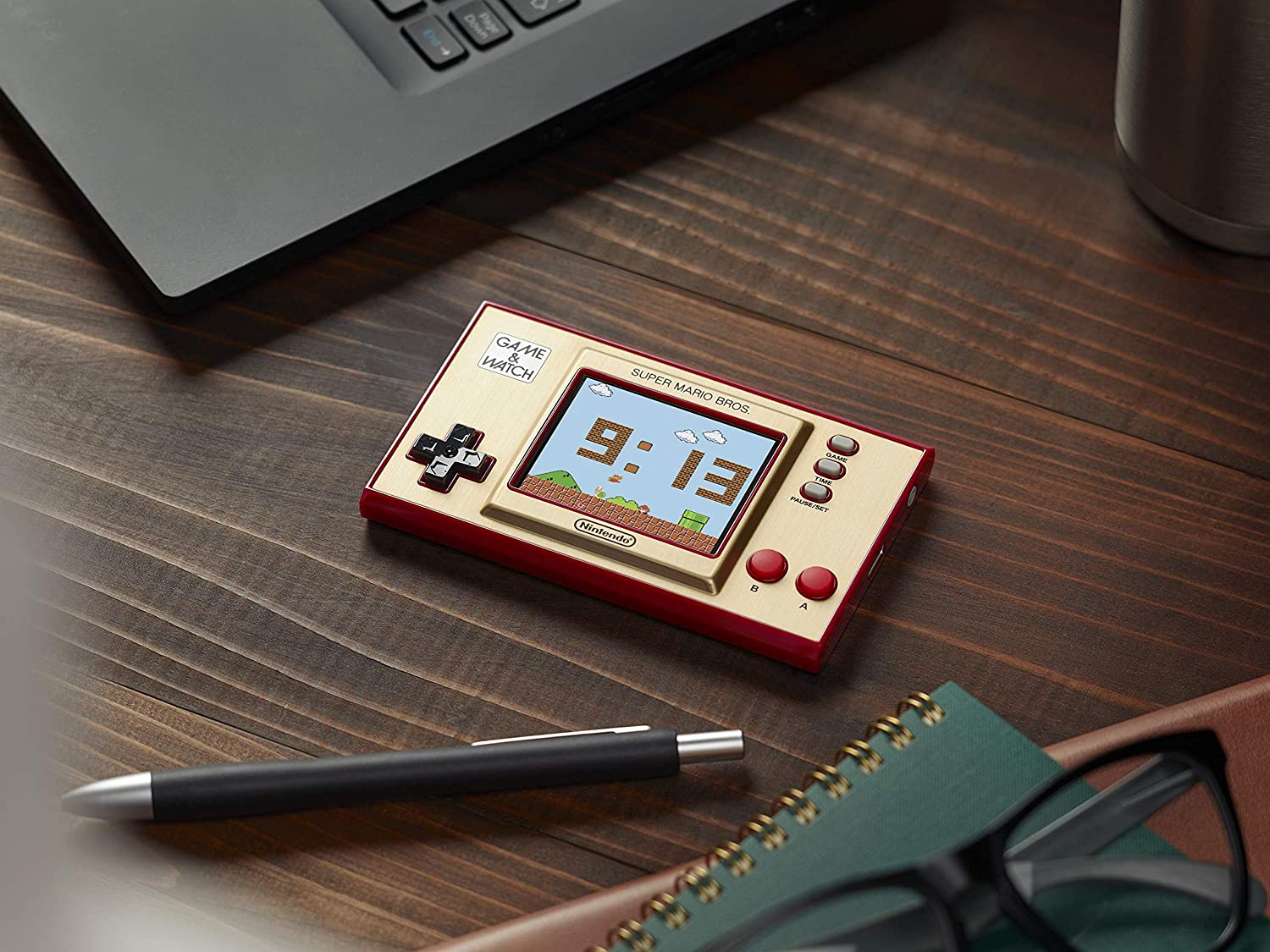
The bezel on the face of the device has an attractive metallic sheen to it, but while certainly durable enough due to its weightlessness, the plastic backing does look like it could be susceptible to scratches and dents quite easily. The rechargeable lithium-ion battery boasts around 8 hours of playtime, and the device itself can be kept on as a displayable clock as long as a USB-C charge cable is connected.
The one huge gripe I do have with the system is the lack of a kickstand. The original Game & Watch had a small metal prop that could be tucked away in the back of the unit. So, not having something similar even for the sake of authenticity and practicality is a strange omission indeed.
One of the more obvious criticisms that will undoubtedly be targeted towards the Game & Watch is the limited amount of Mario games that have been included. There’s no Super Mario Bros. 3, the western version of Super Mario Bros. 2 is nowhere to be found and the absence of either Super Mario Land or its sequel seems like a complete missed opportunity. With the Nintendo Classic Mini: Nintendo Entertainment System boasting 30 games in total, the scarcity of games for a device sold at a similar price range could potentially be seen as a little parsimonious.
While I would personally love to have seen a few extra Game & Watch classics thrown into the mix, I still see value in its simplicity without the overwhelming need to have it pumped with extra sugary content. After all, I already own most of the games listed above across several different platforms, so not having them included here isn’t something that I am going to lose sleep over.
The point is that it’s clear what Nintendo is aiming for here. The value isn’t set around how many games can be squeezed within the Game & Watch, but rather a faithful more modern portrayal with a twist. The original systems only ever consisted of a single game that would have a normal A mode and a more difficult B mode to challenge players. If the original Super Mario Bros. is the A mode on the list, then its much more unforgiving Japanese sequel is certainly the B mode.
Speaking as someone who still plays the Nintendo Classic Mini: Nintendo Entertainment System regularly, even I assumed that the Game & Watch: Super Mario Bros. is little more than a short-lived novelty that I didn’t need but couldn’t live without. Yet, experiencing the system for myself and sharing it with others whisked me back to the days playing with my cousin’s collection of Nintendo LCD devices, and that’s not forgetting the Super Mario Bros. 3 digital wristwatch version I had clamped to my arm as a child. For old fogeys such as myself, the Game & Watch: Super Mario Bros. is an interactive trophy to remind us of our gaming childhood. For our kids, it’s yet another fine example of Nintendo nostalgia for the next generation at work.
Review unit provided by Nintendo


